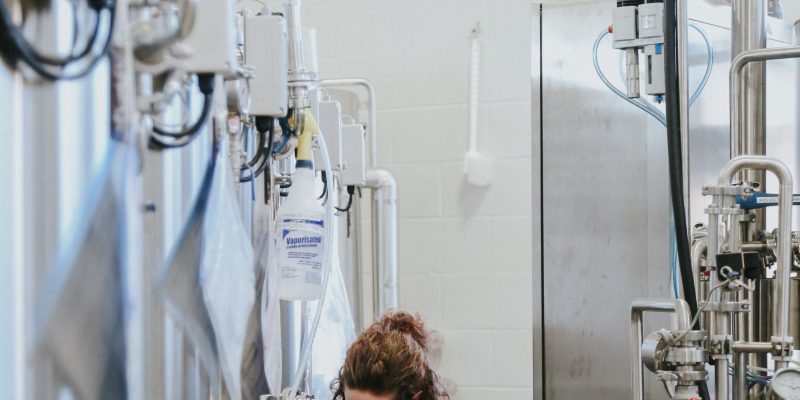Doing your own plumbing may seem like a great way to save time and money, but without the right knowledge and experience, it can quickly become an expensive exercise in regret.
Whether you’re installing a new appliance or just trying to repair a leaky pipe, tackling anything related to plumbing on your own carries risk – and not knowing how best to approach DIY plumbing jobs only increases those risks.
To help minimize these potential issues, this blog post explores some of the most common mistakes made by DIY plumbers, as well as provides tips on avoiding them in your own projects. Read on to learn more!
Sometimes, you need a professional to resolve the issue you’re having. Click here for plumbers in Illinois, who are ready to help you with all of your plumbing needs.
Should you DIY plumbing jobs?
Some jobs can, in fact, be DIY’d. However, there are some jobs that should never be attempted without help from a professional. If you do decide to take on the job yourself, it’s important to be informed. Research local building codes and other regulations for your project, double-check measurements and make sure you have all the necessary supplies on hand before starting.
Not all plumbing jobs should be attempted by an eager DIYer – if you’re not confident in your own ability to safely and correctly complete the job, it’s best to call a professional plumber. This is especially true in more complex projects like major water pipe installations or sewer line repairs, as these often require specialized tools and knowledge that the average homeowner is unlikely to possess.
6 common mistakes of DIY plumbers
Here are some common mistakes made by DIYers.
1. Not shutting off the water supply before beginning work
This mistake often occurs when a plumber is in a rush and fails to shut off the water supply before beginning work. This can lead to major water damage, especially if they are working with pipes or appliances that are connected to a home’s main water line. To avoid this, always make sure that the water supply valve is turned off before you start any plumbing project.
2. Failing to test for leaks after completing repairs
After a repair job is complete, it’s important to test for any potential leaks. This can be done by turning the water supply back on and checking for any signs of leakage around joints or valves. If you don’t do this, small leaks can turn into major problems down the road due to the gradual accumulation of water damage and mold growth.
3. Not using the right tools for the job
Using the right tools can make a big difference when it comes to DIY plumbing. Using the wrong tool for a job, such as using an adjustable wrench instead of a pipecutter, can cause damage to fittings and lead to costly repairs down the line. It’s important to familiarize yourself with proper plumbing tools and use them accordingly.
4. Mixing different types of plumbing materials
Mixing different types of plumbing materials can have disastrous consequences. Different types of pipes and fittings require different types of sealants, lubricants or adhesives, which could cause them to react with each other and ultimately lead to leaks. To avoid this kind of problem, always try to use the same type and brand of material throughout your project.
5. Not following manufacturer instructions closely
It’s important to read and follow any instructions provided by the manufacturer when installing a new appliance or fixture. This is especially true when dealing with natural gas lines, as little mistakes can be hazardous to your health and safety.
Not following these instructions closely could also void any warranties that come with the product, which would leave you without coverage if something goes wrong.
6. Ignoring warning signs that something is wrong with your plumbing system
When it comes to DIY plumbing, it’s important to pay attention to any warning signs that something may be wrong with your plumbing system. For example, if you notice a leak or slow drainage in your sink or bathtub, investigate the issue further before attempting a repair.
This could indicate bigger problems, such as clogged pipes or damaged seals, which would require a professional plumber to repair and could escalate if left unattended.
Conclusion
DIY plumbing can be a rewarding experience if done correctly, but it comes with certain risks and hazards that must be taken into consideration.
By following these tips and avoiding the common mistakes listed above, you can ensure your DIY plumbing project is successful and safe. If any part of the job seems beyond your abilities or too complex to attempt yourself, be sure to contact a professional plumber for help.


















